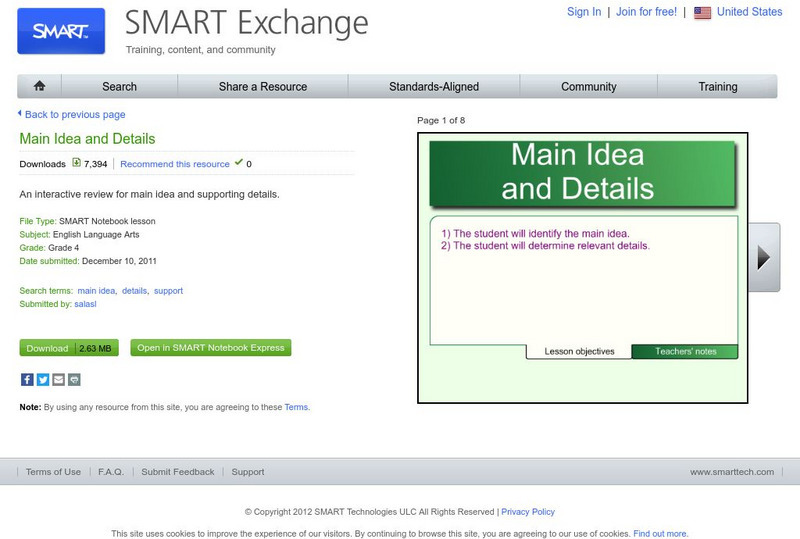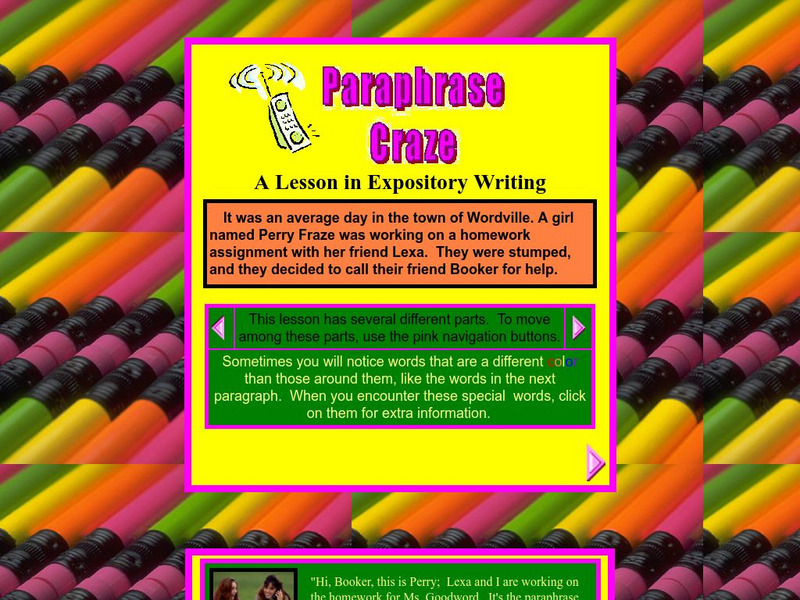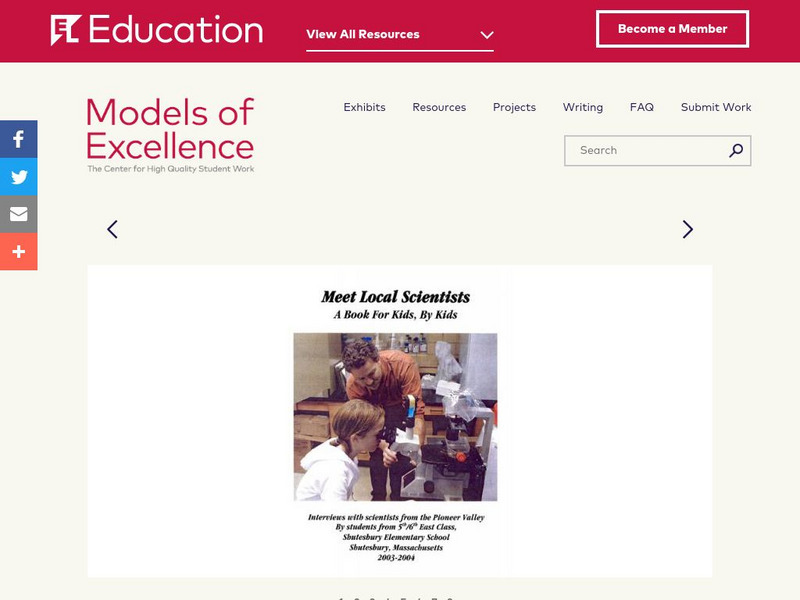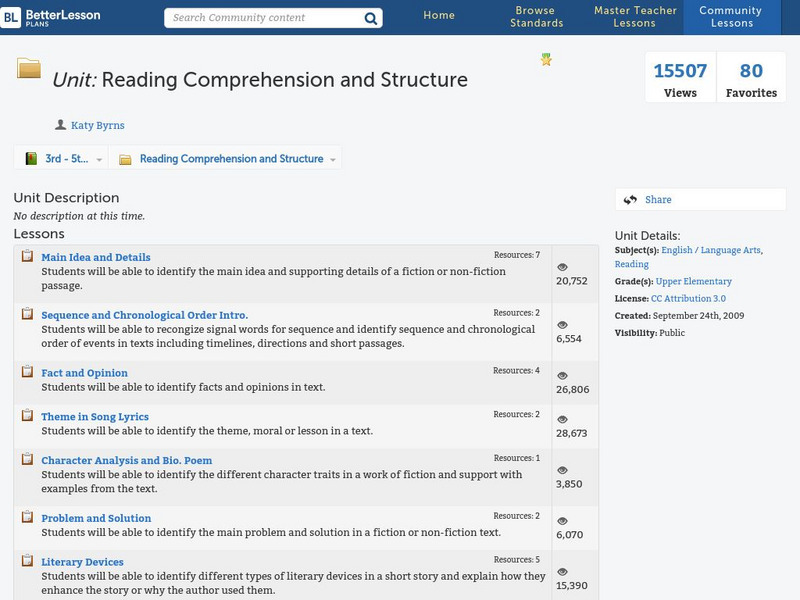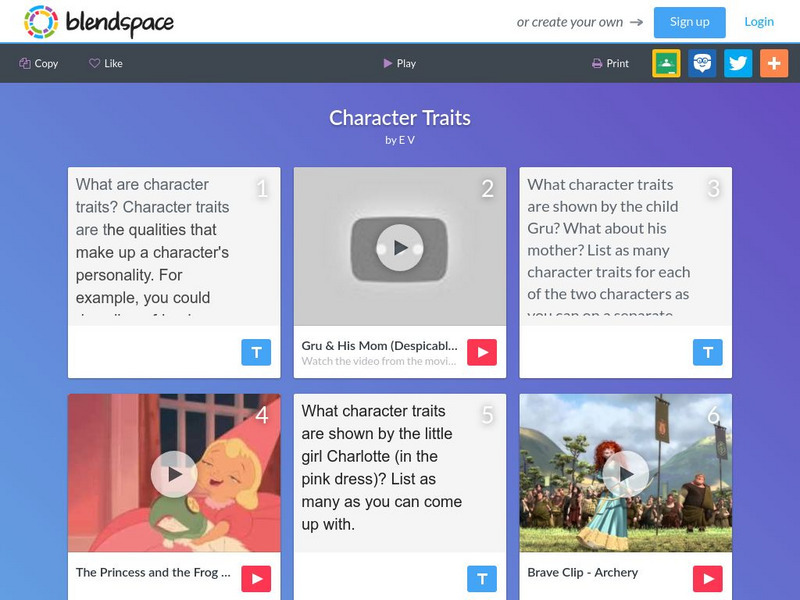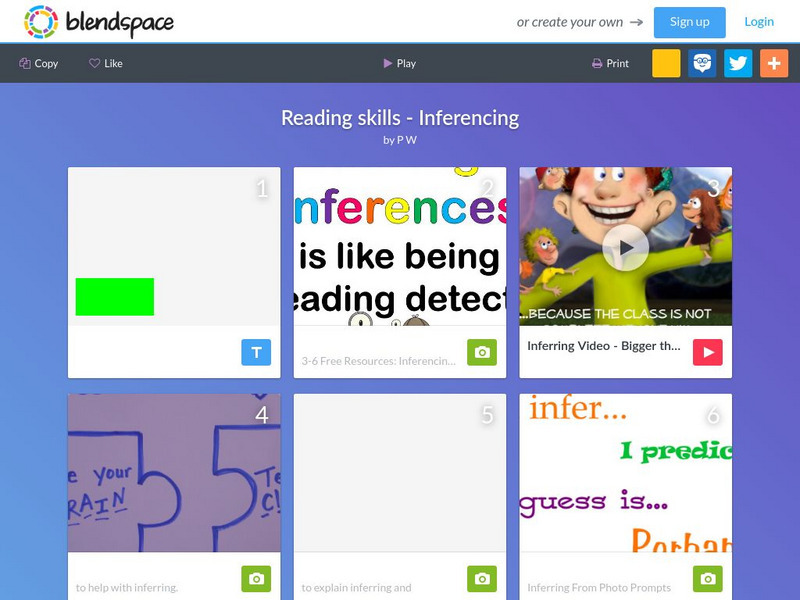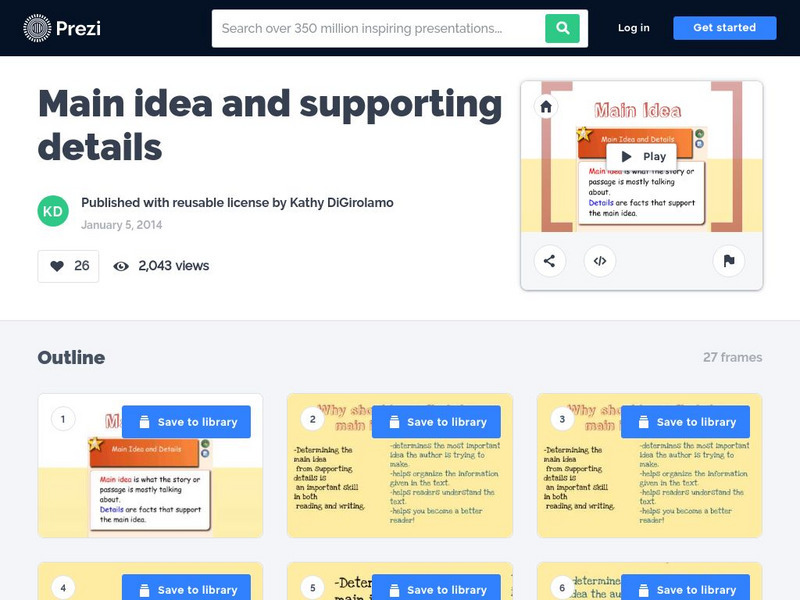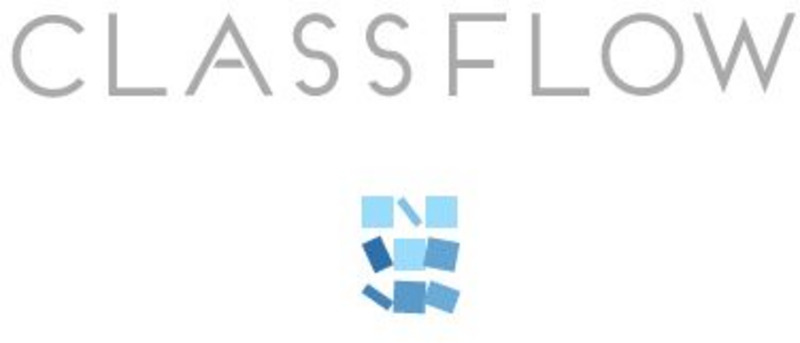SMART Technologies
Smart: Main Idea and Details
The interactive lesson is a review of main idea and supporting details.
Beacon Learning Center
Beacon Learning Center: Paraphrase Craze: A Lesson in Expository Writing
This tutorial focuses on how to paraphrase using an excerpt from Poe's short story, "The Tell-Tale Heart." It defines paraphrase and plagiarism, presents examples, and explains what is incorrect about them. It is interactive asking for...
SMART Technologies
Smart: Making Inferences
Inferencing is finding clues and using background knowledge to determine an explanation from facts in a passage or story. It's "reading between the lines" of a story to understand what the author doesn't state.
EL Education
El Education: Meet Local Scientists
Students learn about local scientists through research, interviews, and brief internships. Then students create pages for a class book containing digital photographs and information about the scientist and his/her field of study.
Better Lesson
Better Lesson: Unit: Informational Text: Writing
This unit is designed to teach students about research writing. The lessons follow the format of Writer's Workshop. Many of the lessons provide a formula for students to follow while constructing their essays to ensure struggling readers...
Better Lesson
Better Lesson: Unit: Reading Comprehension and Structure
This unit focuses on reading comprehension and structure. It includes lessons on the main idea and supporting details, theme, sequence, fact and opinion, literary devices, character, text features, inferences, organization of nonfiction,...
TES Global
Blendspace: Ela: Character Traits
Four video clips followed by questions to help students learn to identify character traits in literary texts.
TES Global
Blendspace: Persuasive Writing
Work through nine links to videos, images, and graphic organizers to learn about persuasive writing.
TES Global
Blendspace: Expository Writing
A twelve-part learning module with links to images, texts, slides, a video, and a quiz about expository writing, text structures, conjunctive adverbs, and more.
TES Global
Blendspace: Reading Skills Inferencing
A twelve-part learning module with links to texts, images, and videos with information and examples of how to make inferences.
TES Global
Blendspace: Author's Purpose
A nine-part learning module with links to images and videos about author's purpose.
TES Global
Blendspace: Author's Purpose
An eleven-part learning module with links to images and videos to use while learning to identify an author's purpose.
TES Global
Blendspace: Traits of Writing
A six-part learning module with links to videos, images, and a rubric about the six traits of writing: ideas, voice, organization, word choice, fluency, and conventions.
TES Global
Blendspace: Authors Purpose
A five-part learning module with links to videos and an image on author's purpose.
TES Global
Blendspace: Grammar Pre Learner Week 1 Paragraphing
A six-part learning module with links to images, videos, and websites about writing a paragraph.
TES Global
Blendspace: Expository Essay
A six-part learning module with links to videos, websites, and texts on writing expository essays.
Tom Richey
Slide Share Author's Purpose
A slide show with five slides with examples of three different types of author's purpose: to entertain, to inform, and to persuade.
Other
Prezi: Summarizing a Text
Slideshow provides an explanation of summarizing and describes how to make a good one.
Other
Prezi: Main Idea and Supporting Details
Learning how to determine what is the main idea and what are the details in a story helps you become a better reader.
Scholastic
Scholastic: Nonfiction Comprehension: Making Personal and Textual Connections
This is a lesson plan to help elementary students connect to nonfiction text as they read.
ClassFlow
Class Flow: Paragraph Structure
[Free Registration/Login Required] This lesson was designed to help students to analyze how individual paragraphs are structured in writing.
ClassFlow
Class Flow: Paragraphs
[Free Registration/Login Required] Students will write simple, non-chronological reports from known information (e.g., from own experience or from existing text), using notes made to organize and present ideas. Students will learn to...
ClassFlow
Class Flow: Topic Sentences
[Free Registration/Login Required] This flipchart defines and gives examples of a topic sentence. Through an Activote activity students identify the topic sentence for various paragraphs.
ClassFlow
Class Flow: Using Specific Detail
[Free Registration/Login Required] This elementary flipchart promotes creative writing using supportive details. Students will explore examples from literature and consider ways to improve their writing.


